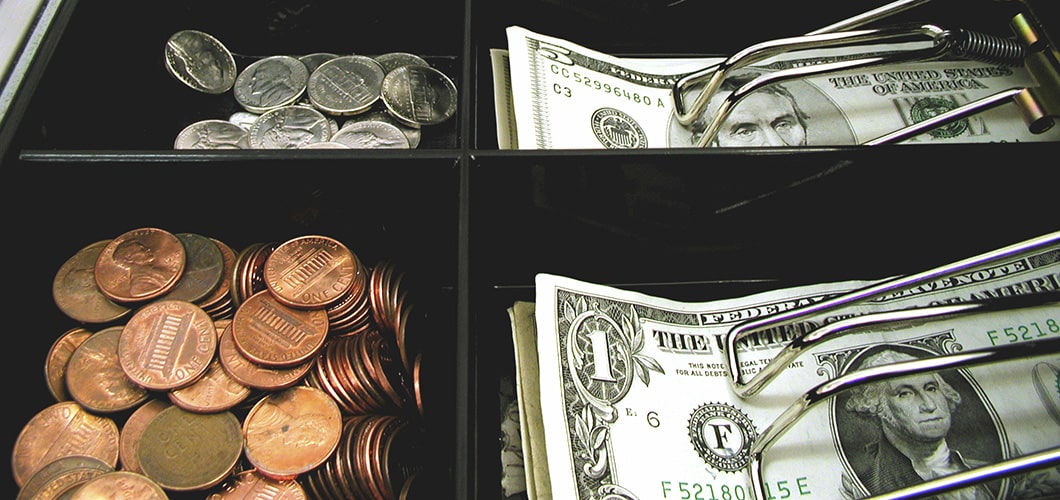Keeping an accurate cash flow statement is vital for knowing your company’s financial health. Here are the details of everything your cash flow statement should include.
Julie Bawden-Davis
Writer/Author/Publisher/Speaker, Garden Guides Press
OCTOBER 02, 2013Your company’s cash flow statement is an indispensable tool that reveals the liquidity of your business and its ability to pay bills. This financial report shows over a specific period of time the amount of cash and cash equivalents that have entered and left your company as a result of operational, investing and financing transactions.
The cash flow statement is not the same as your income statement, which includes non-cash items such as depreciation.
If your company is publicly traded, the SEC requires that you prepare a cash flow statement quarterly. Even if your company is private, it’s still a good idea to do a regular cash flow statement, as it measures the flow of cash in and out of your business, showing you where your money is coming from and how you’re spending it.
 Decreases in cash from the previous cash flow statement period are bracketed on the current cash flow statement, whereas increases are left un-bracketed.
Decreases in cash from the previous cash flow statement period are bracketed on the current cash flow statement, whereas increases are left un-bracketed.
Importance Of The Cash Flow Statement
The cash flow statement gives an accurate view of how well your company is actually doing, because it indicates how much money your company has actually generated and spent. This gives you, your creditors and investors a good idea if you’re able to handle cash well, meet your financial obligations and comfortably finance growth. If the cash generated from your operation is generally greater than the net income, the company is considered to be doing well, whereas if the opposite is true, then the company is most likely not doing well. Inadequate cash on hand to pay bills can jeopardize a company’s solvency. Companies with sufficient cash are more likely to remain viable and are more attractive to stockholders, because owners are able to pay bills, increase dividends, reduce debt, buy back stock and expand. Your current cash flow statement can also assist you in predicting future cash flow, which enables you to devise a realistic budget.Contents Of A Cash Flow Statement
Cash flow statements became required for publicly traded companies in 1987. Various rules stipulate how information is to be recorded on the statements. The documents are organized into four general categories. First is cash from operations, which constitutes cash brought in from daily operation; second is money from investing, encompassing cash used for investments and money from the sale of assets; third is cash from financing, including cash paid out or received from borrowing money or lending it, and dividend income; and fourth is supplemental information, including record of payment of income taxes and interest. Specifically, the cash flow statement contains the following items: cash on hand, cash sales, receivables income, income from investments, interest on loans and asset liquidation, total income, materials and merchandise, direct labor, overhead, marketing and sales, including salaries and commissions, research and development, general and administrative labor expenses, taxes, except payroll, capital and loan payments. Total expenses are derived from the cash flow statement by adding up the cost of direct labor, overhead, materials, marketing, sales, general and administrative expenses, research and development, capital, loan payments and taxes. Cash flow is then determined by computing the difference between total income and total expenses. Decreases in cash from the previous cash flow statement period are bracketed on the current cash flow statement, whereas increases are left un-bracketed.
Decreases in cash from the previous cash flow statement period are bracketed on the current cash flow statement, whereas increases are left un-bracketed.

